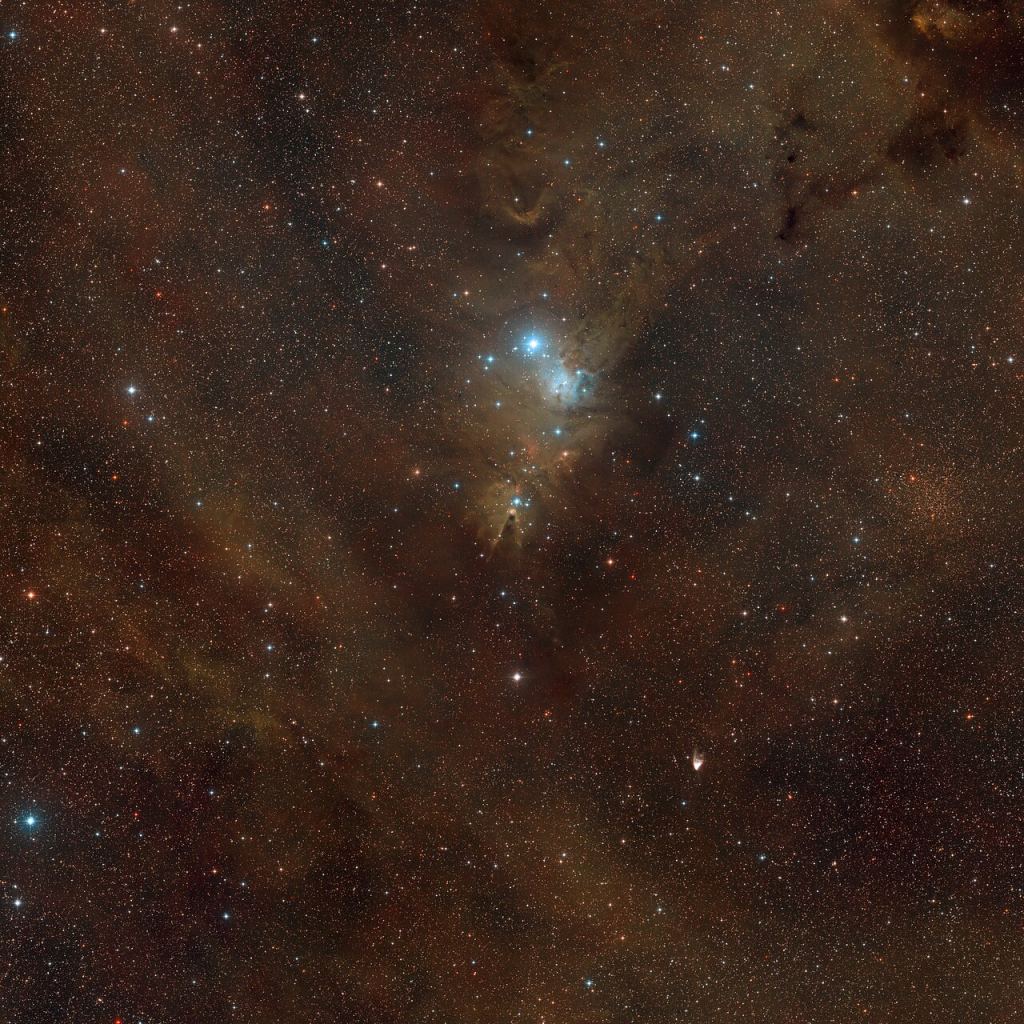Here's a dramatic and spectacular new view of the Cone Nebula, as seen by the Very Large Telescope (VLT). This nebula is part of a distant star-forming region called NGC 2264, which about 2,500 light-years away. Its pillar-like appearance is a perfect example of the shapes that can develop in giant clouds of cold molecular gas and dust, known for creating new stars.
The huge cone-shaped pillar of dust and gas is seven light-years-long. The nebula was discovered in the late 18th century by astronomer William Herschel. In the sky, this horn-like nebula in is located in the constellation Monoceros (The Unicorn), a surprisingly fitting name.
The VLT is operated by the European Southern Observatory (ESO) on Cerro Paranal in the Atacama Desert of northern Chile. This new image was released in celebration of ESO's 60thanniversary.
The VLT's first observations were made in 1998. The facility consists of four individual telescopes, each with a primary mirror 8.2 m across. The mirrors are usually used separately but can be used together to achieve very high angular resolution. The four separate optical telescopes are known as Antu, Kueyen, Melipal, and Yepun, which are all words for astronomical objects in the Mapuche language.
Among the VLT's notable discoveries are the first direct spectrum of an extrasolar planet, HR 8799c, and the first direct measurement of the mass of an extrasolar planet, HD 209458b.
ESO telescopes have made thousands of observations in the past 60 years, with many – like this one -- obtained for outreach purposes. But, ESO says, the overwhelming majority of ESO's telescope time is dedicated to scientific observations that have allowed us to capture the first image of an exoplanet, study the black hole at the center of our home galaxy, and find proof that the expansion of our Universe is accelerating.
Source: ESO
 Universe Today
Universe Today

